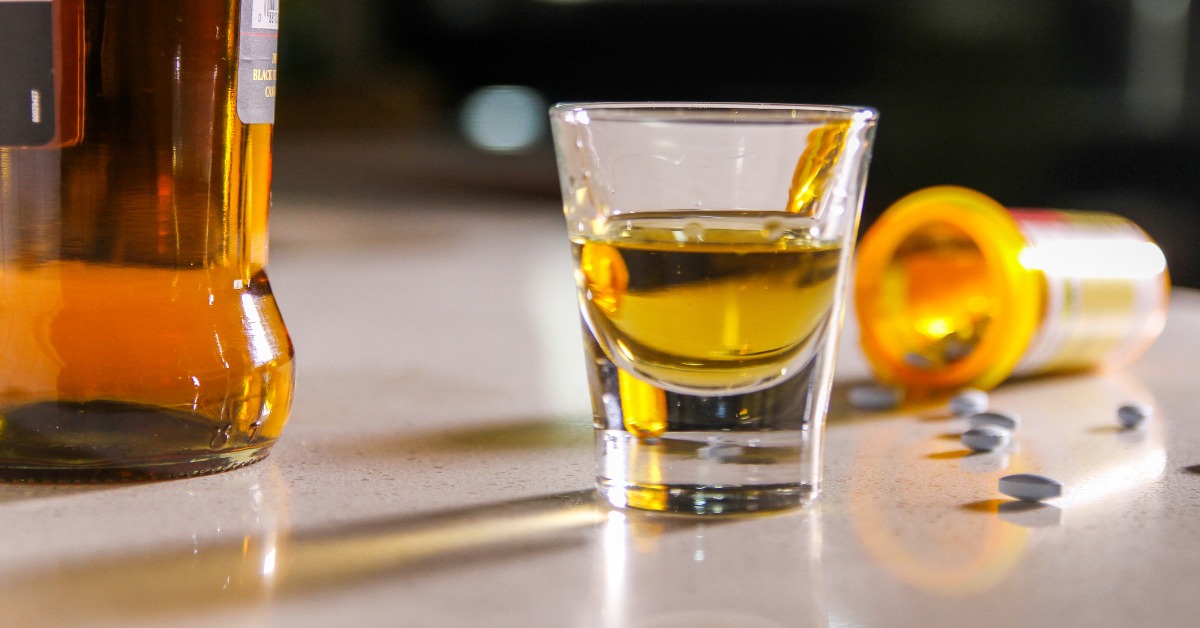How to Prevent and Respond to Violence in the Workplace
The devastating school shooting at Uvalde, Texas, has caused many to ponder the likelihood of a mass shooting in a location where they spend time,...
5 min read
 Mark Nelson
:
Oct 5, 2021 10:42:24 AM
Mark Nelson
:
Oct 5, 2021 10:42:24 AM

Workplace violence continues to be a serious concern for employers, and HR professionals and other business leaders must remain vigilant for potential threats in their workplace. Senior HR Advisor, Mark Nelson, sat down with Lynn Van Male, Ph.D., CTM, an accomplished consultant specializing in behavioral threat assessment and management, to understand potential signs of workplace violence and response strategies.
Since the COVID-19 pandemic began, we’ve seen an uptick in calls to the HR Hotline regarding possible workplace violence issues. Have you seen the same trend in your practice?
The pandemic, societal unrest, and issues of violence in the media have caused everyone an increased amount of stress. The supports many people had available to them pre-pandemic are often less available to them now. Even as things begin to open back up, folks are still more isolated than they were pre-pandemic and having difficulty connecting with the things that used to give their life purpose, sense, meaning, and value. It’s still a challenge for people to exercise quality self-care.
When starting a dialogue about workplace violence prevention, are there basic terms or baseline concepts you want HR professionals to know?
I’m most concerned that employees have a voice for letting HR, leadership, and front-line supervisors know about behaviors that are causing them concern for their safety. Keep it broad. If we get too far into minutia and definitions, people start to wonder if what they’re seeing or hearing meets the definition of violence and if it should even be reported. They second-guess themselves, and then they stay silent. That’s not what we want to happen.
That’s excellent advice. Given this information, how should employers approach workplace violence?
A meaningful and effective workplace violence prevention program has several key elements. Employers should educate staff on the organization’s expectations, the contents of the workplace violence prevention policy, and what employees can do to handle situations in the moment. Depending on the organization’s kind of work, employers may need to customize or tailor their violence prevention program to suit the behavioral hazards that their workers might experience. Do employees have occasion to interact with the public, clients, or even coworkers who have the potential to become volatile? If so, do they have the skills they need to stay safe?
Although a meaningful workplace violence prevention program starts with employee education and a policy, employers also need to give employees a voice to let leadership know what they’re concerned about. Larger, multi-site organizations may need a more complex online reporting system where employees would submit concerns. Smaller, single-site organizations might have a standardized form that employees can complete. Regardless of size, complexity, or geographical density, everyone in the organization should have access to a method for telling their employer—anonymously if they so choose—about behaviors that cause a safety concern.
Once employers receive reports about safety concerns, they must have a process for doing something with that information. People will not take the time to talk to their employer and voice their concerns if they think it’s going nowhere. Leaders must review these reports in an evidence-based and data-driven way that aligns with current behavioral threat assessment and management best practices.
There are a number of organizations that provide specialized training in this field, with some of them being highly credible and others requiring careful vetting.
The field of behavioral threat assessment and workplace violence prevention is united in its understanding that using multidisciplinary teams is the best way to do this work and keep everyone safe. The saying, “You have to collect the dots before you can connect the dots,” applies to workplace violence prevention. People from different disciplines have access to different dots. A multidisciplinary team provides the venue for those dots to be collected in one place so they can be connected. Critical members of these multidisciplinary teams include professionals who have physical security or law enforcement expertise, behavior science backgrounds, and HR and privacy law knowledge.
How do workplace violence concerns escalate to an identifiable problem that needs to be addressed?
Suppose someone voices a threat to a specific target that is identifiable within a moment’s reflection. The person has a plan, the means to carry it out, and the intention to do so. Employers may be looking at an emergency situation—especially if there is an indication that the person is acting on the plan now or in the immediate future. That said, people rarely spill all the beans about their plan in one place. They may let a bit of the plan leak out to one person in one setting (e.g., “I really like you, so you might not want to be outside the building tonight at 5:00 p.m.”) and a bit more leak out in a different setting (e.g., “Turn on the news tonight—something big is going to happen”). These are the “dots” that teams collect so they can connect them into one meaningful picture and try to prevent violence.
People do not just snap. Instead, people progress along a pathway to violence through discreet stages that are behaviorally identifiable. If employees, on a gut level, sense something doesn’t feel right or doesn’t seem right, it probably isn’t. It very well could be that someone is on a pathway towards violence. If we can intervene at the early stages, then we are much more likely to be successful in preventing our employees from having to endure severe workplace violence—or even having to suffer the effects of persistent and chronic unpleasant and nasty behaviors in the workplace.
You mention pathways to violence. What are they?
There are two distinct types of violence: affective and predatory. To understand affective violence, imagine a cat that’s cornered by a dog. As a well-meaning pet owner, if you try to rescue your cat, you’re likely to become the target of violence rather than the dog. In other words, the target of affective violence may rapidly shift. According to Calhoun and Weston, the pathway toward affective violence starts with a grievance and progresses to the person thinking that violence is the solution to the problem. Next, the person starts behaving in ways that breach societal norms, rules, policies, and/or expectations, and then they attack. It can happen very rapidly.
Predatory violence is evident when that very same cat stalks prey. The cat is fixated on one target and does not shift its intentions easily. The pathway to predatory violence can take years. It also starts with a grievance, and the person then progresses to thinking that violence could solve the problem. The pathway to predatory violence then incorporates two additional stages: research and planning, and preparation. What are the target’s habits? Who or what does the target care about? What are all the target’s vulnerabilities? Once the person has researched the target, they begin preparing for violent action by doing things like buying equipment. Then they breach and attack. The pathways to violence are different but similar based on the type of violence.
What types of services do you offer to organizations?
I help organizations conduct workplace violence prevention training, design, and implement violence prevention programs, and stand-up behavioral threat assessment and management teams. Many organizations find it effective to have a trained behavioral threat assessment triage team on-site to review situations as they arise. Once initial reviews are conducted, my colleagues and I support these teams in continuing their work in an evidence-based and data-driven manner.
About Dr. Lynn Van Male
Dr. Lynn Van Male is the Director of the United States’ largest integrated health care system’s Workplace Violence Prevention Program, a past Second Vice President of the Association of Threat Assessment Professionals (2017-2021), an Assistant Professor of Psychology at Oregon Health and Sciences University, and a private consultant. Predating her executive leadership positions, Dr. Van Male delivered direct patient care services focused on Posttraumatic Stress Disorder recovery.
In recent years, Dr. Van Male has provided subject matter expertise regarding behavioral threat assessment and management to The Joint Commission, served as an invited member of the FBI symposium faculty addressing targeted attack prevention, and served on the scientific merit review committee for the 4th, 5th, and 6th International Conference on Violence in the Health Sector. Dr. Van Male’s violence prevention solutions for healthcare settings were published in 2016 in the Journal of the American Medical Association.

The devastating school shooting at Uvalde, Texas, has caused many to ponder the likelihood of a mass shooting in a location where they spend time,...

By now, many employers already have the latest viral epidemic on their radar—monkeypox. Although this new public health outbreak is considered highly...

With more employees working remotely, reports have shown that there has been an increase in substance abuse during work hours. Whether it is due to...